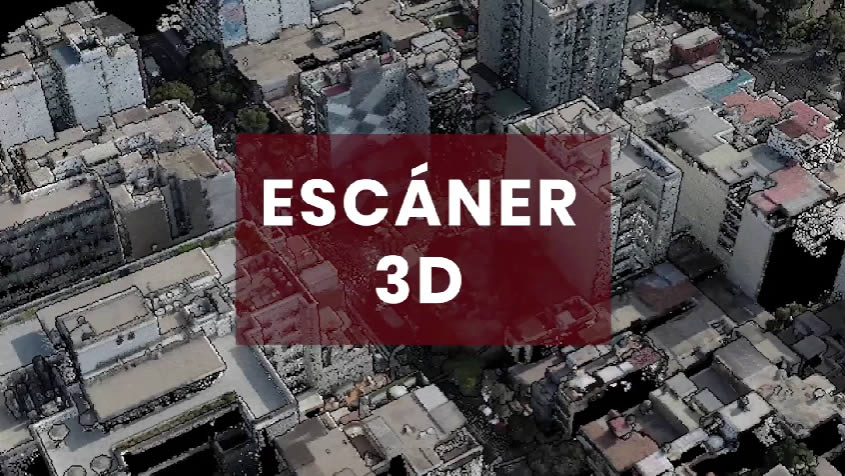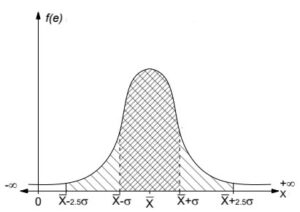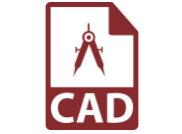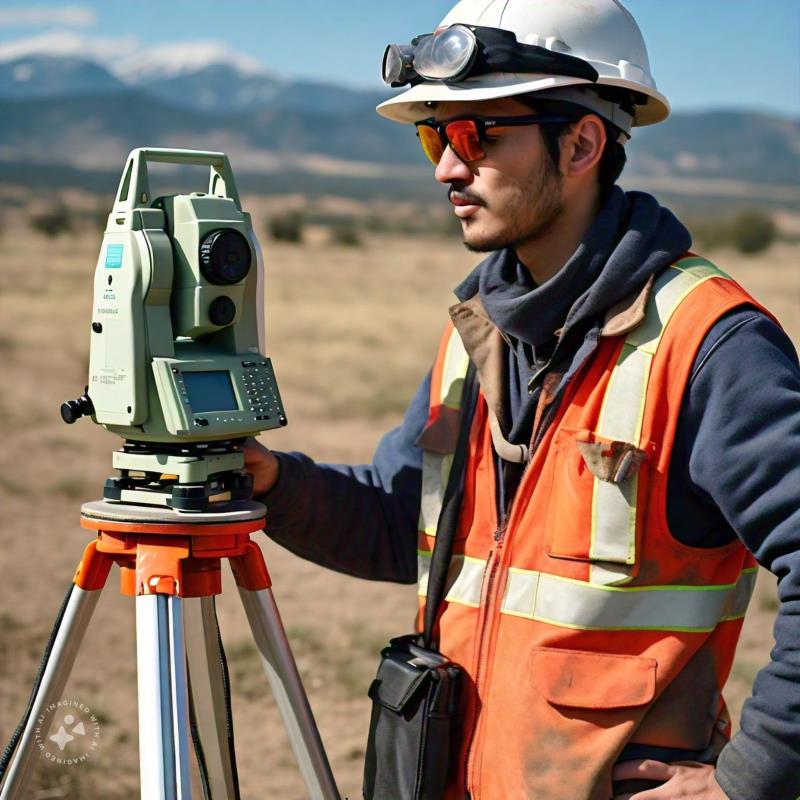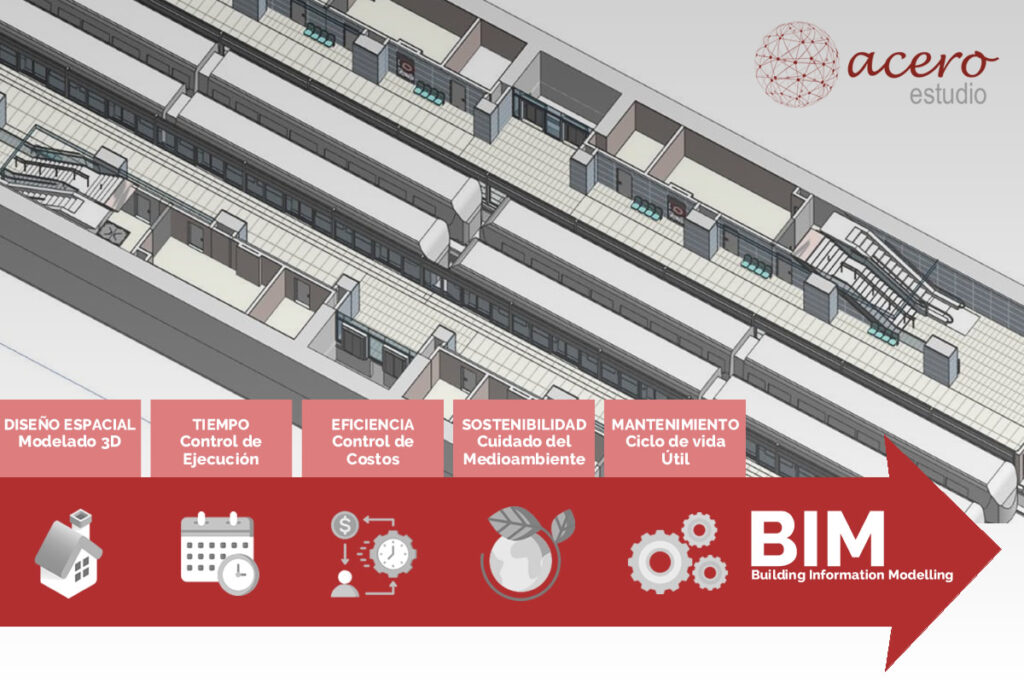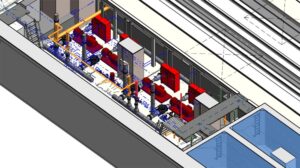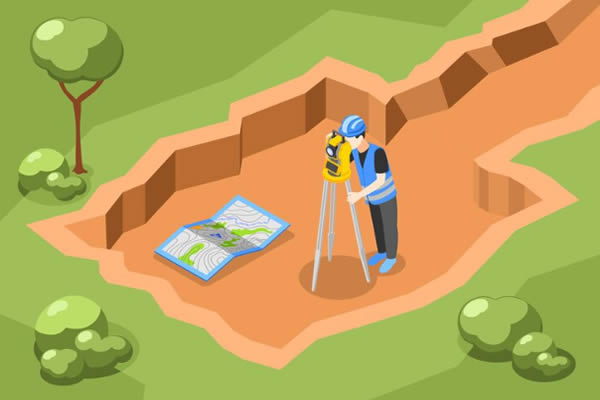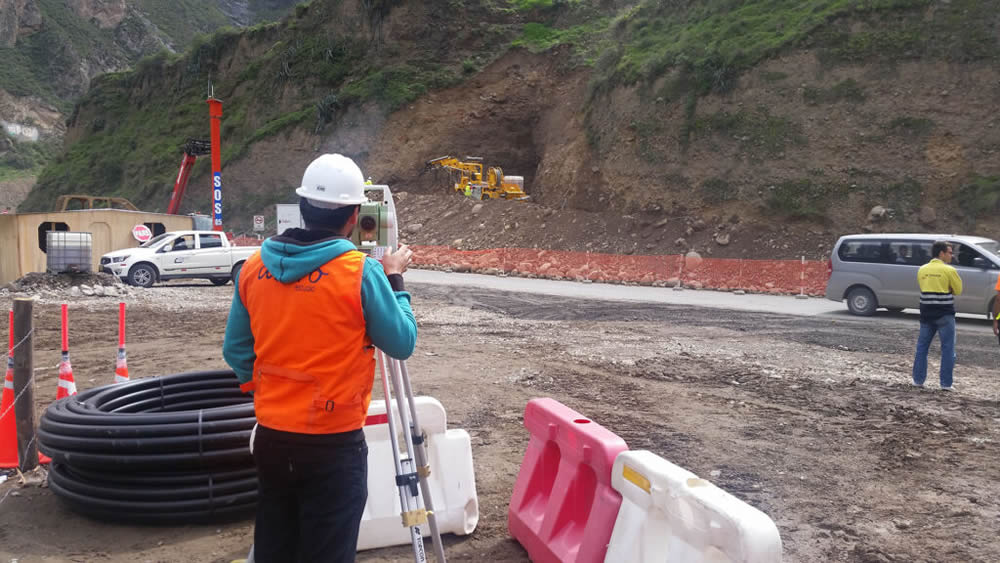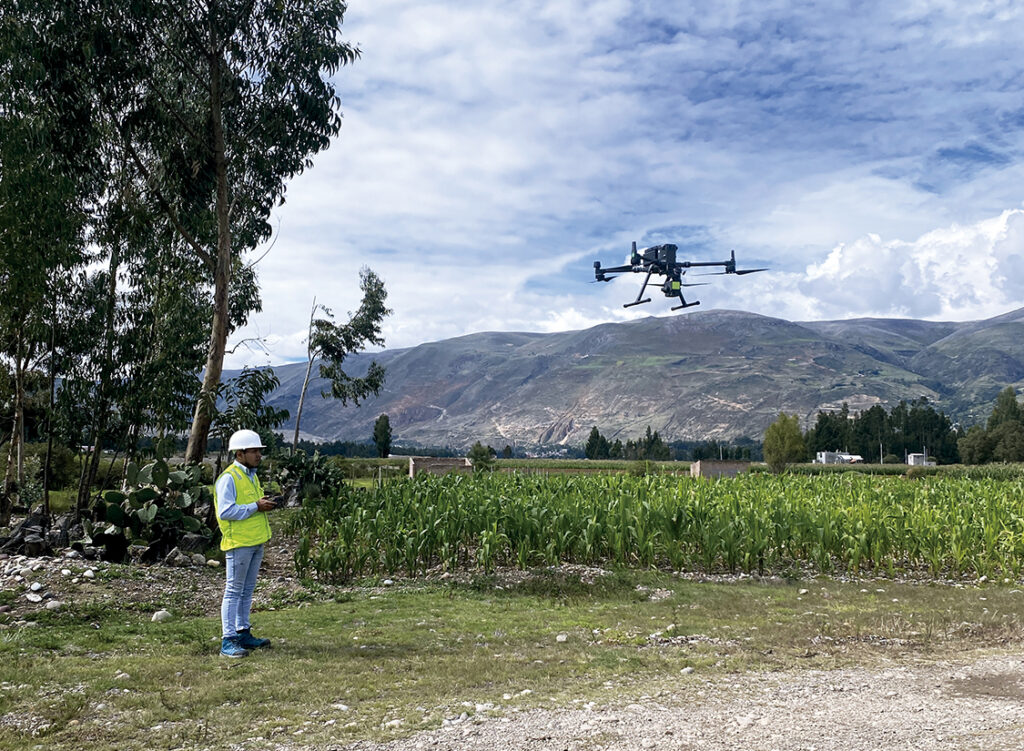Until now, the restoration of buildings and architectural structures was largely limited to cleaning and decorative restoration due to the inability to obtain detailed insights into these constructions. Today, thanks to advanced tools like the 3D laser scanner, we can delve deeper and identify elements that allow us to thoroughly understand these structures.
It is undeniable that the 3D laser scanner is transforming how we study and understand historical buildings. This groundbreaking technology provides an accurate representation of the shape and dimensions of infrastructure, traces of walls or sections from different periods, and even subtle deformations that are not visible to the naked eye but are clearly detected by the scanner.
With this wealth of information, historians, architects, and other cultural heritage professionals are achieving the unthinkable: first, creating precise models of this knowledge for future generations, and second, carrying out appropriate maintenance actions based on the state of these structures, preventing irreparable damage.
What Level of Precision Does the 3D Scanner Provide?
Accurate Record of the Current State
The 3D scanner’s point cloud is highly precise, capturing everything from cracks to textures with remarkable fidelity and storing this data digitally. This ensures that the information will be available for future generations.
Restoration Programs
The 3D model, combined with BIM modeling tools, allows the creation of restoration programs, maintenance projections, and the evaluation of interventions before implementing them on-site, reducing risks significantly.
Access to Collective Knowledge
Thanks to the 3D scanner, ancient buildings can be transformed into information that benefits and transcends the current generation. This technology not only benefits the community that houses these structures but also the entire world. In the future, people may even “visit” historic buildings virtually, thanks to the integration of this technology with virtual reality.
Protection from Human Risk
In many parts of the world, historical structures have been closed to protect them from excessive tourist activity or environmental damage. The 3D laser scanner enables us to gain a deeper understanding of these areas without the risks associated with walking through or visiting unstable buildings that may collapse.
If you want to learn more about our laser scanning service, don’t hesitate to contact us. At Acero Estudio, we are always at your service.


